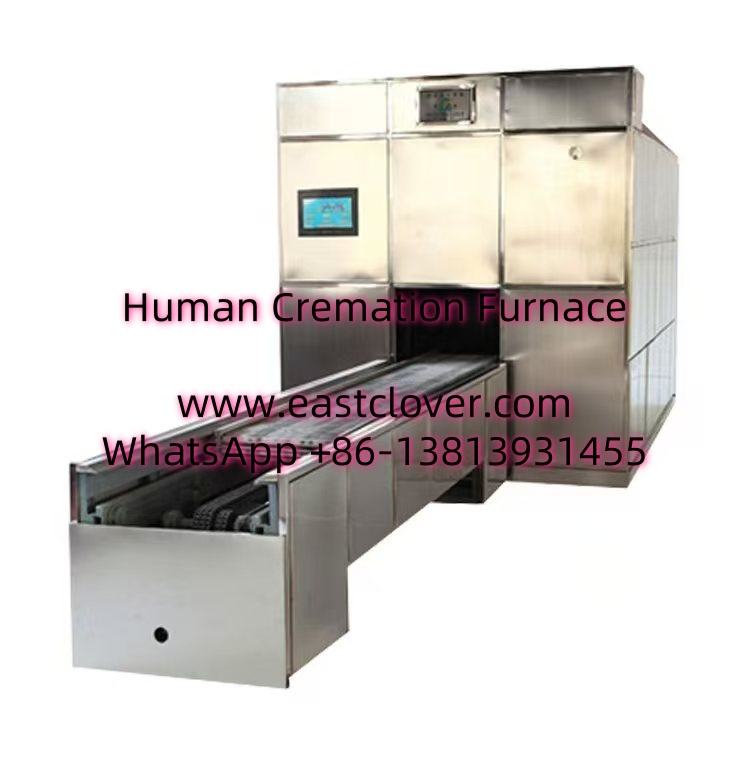Introduction
For funeral homes, investing in a cremation furnace is a significant decision that balances upfront costs with long-term operational efficiency. A cost-effective cremation furnace not only reduces expenses but also ensures reliability, compliance, and environmental sustainability. This guide explores key considerations and actionable steps to help funeral homes select the right furnace for their needs.
Key Considerations for Cost-Effective Cremation Furnaces
- Initial Purchase Price: Compare models, but prioritize long-term value over low upfront costs.
- Energy Efficiency: Opt for furnaces with advanced insulation or heat recovery systems to reduce fuel consumption.
- Fuel Type: Gas furnaces may have lower per-cremation costs, while electric models offer cleaner operation.
- Maintenance Costs: Look for self-cleaning features and accessible components to minimize labor expenses.
- Lifespan: Durable materials like refractory bricks extend the furnace’s operational life.
- Regulatory Compliance: Ensure adherence to EPA standards and local emissions regulations to avoid fines.
How to Choose a Cost-Effective Cremation Furnace: A Step-by-Step Guide
- Assess Your Needs: Estimate monthly cremation volume to determine furnace capacity (single vs. dual-chamber).
- Compare Fuel Options: Evaluate local gas and electricity rates; consider installation costs for gas lines or electrical upgrades.
- Evaluate Energy-Saving Features: Prioritize models with automated controls, insulation, or afterburners for emissions reduction.
- Review Maintenance Requirements: Check warranty terms and availability of replacement parts.
- Verify Compliance: Request documentation proving compliance with environmental regulations.
- Request Quotes: Compare total cost of ownership, including installation, training, and servicing.
www.southclover.com
Selecting a cost-effective cremation furnace requires a holistic approach that balances initial investment with operational efficiency and regulatory compliance. By prioritizing energy efficiency, durability, and low maintenance, funeral homes can achieve long-term savings while maintaining high service standards. Always consult manufacturers and industry experts to make an informed decision tailored to your facility’s needs.
Frequently Asked Questions (FAQs)
1. Which fuel type is more cost-effective: gas or electric?
Gas furnaces typically have lower per-cremation costs, but electric models may be cheaper in regions with high gas prices. Consider local utility rates and installation expenses.
2. What hidden costs should I watch for?
Hidden costs include installation (e.g., gas line setup), ongoing maintenance, filter replacements, and potential downtime during repairs.
3. How do I verify environmental compliance?
Ask manufacturers for certifications or test reports demonstrating adherence to EPA standards. Consult local regulatory agencies for specific requirements.
4. What is the average lifespan of a cremation furnace?
With proper maintenance, most furnaces last 15–20 years. High-quality refractory materials and regular servicing can extend longevity.
5. Are used cremation furnaces a good option?
Used furnaces can save money upfront, but inspect them thoroughly for wear, compliance status, and availability of replacement parts.

Comments are closed